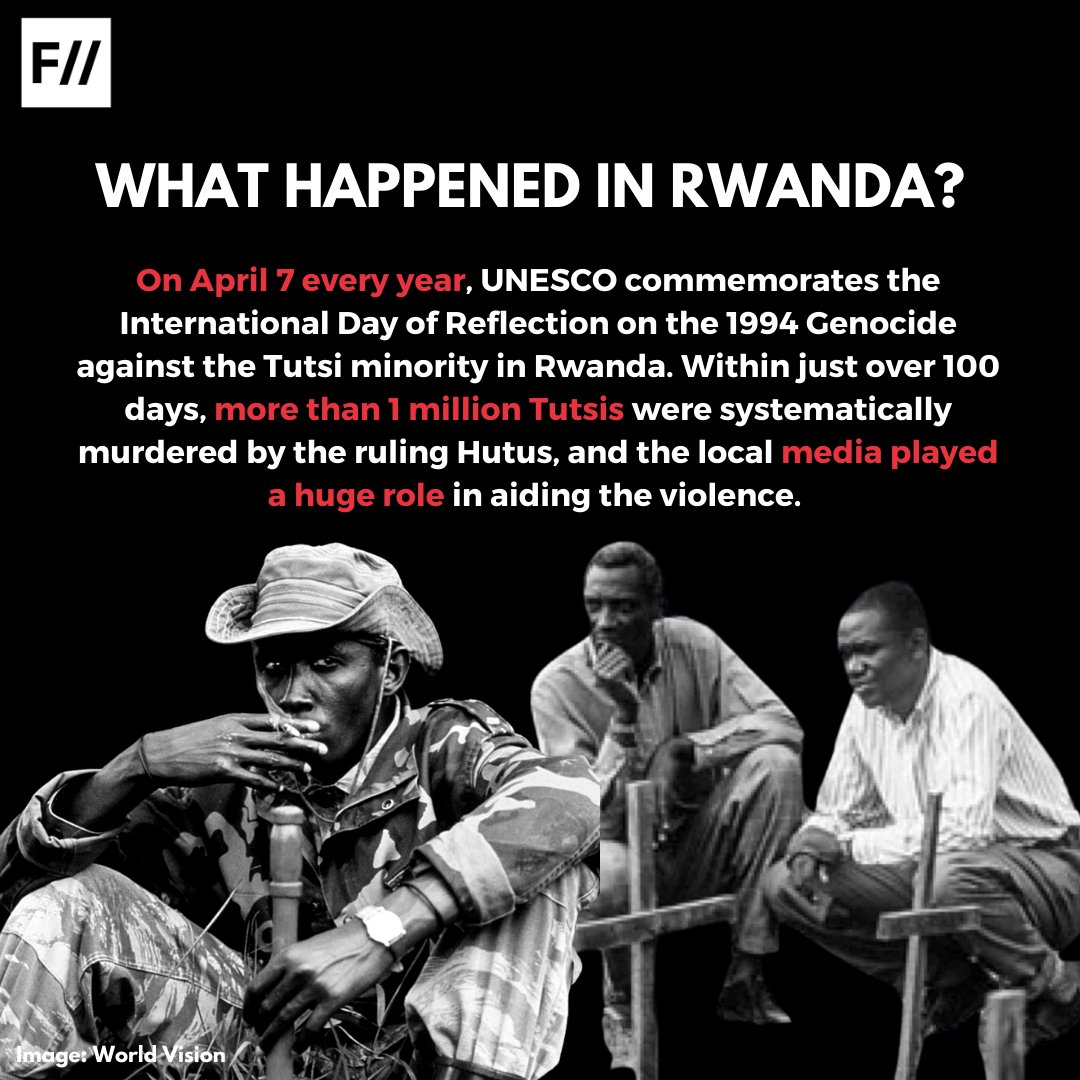
📢📢#NEWS: Kisan Shaheed Smarak: A memorial dedicated to those who died during the farmers' protest. #FIIDailyEdit (1/n)
Read the full report here: bit.ly/3dX0N0x
Read the full report here: bit.ly/3dX0N0x

So far about 360 people have died while participating in the ongoing nationwide farmer’ struggle. As an homage to these people five memorials now stand near Singhu, Tikri, Ghazipur and Shahjahanpur borders. (2/n)
Every memorial contains the soil accumulated from various historical places from around the country. Artist Kulpreet Singh based in Patiala, reached out to organisers offering to help in the making of memorials at Singhu and Ghazipur border. (3/n)
What resulted from this offer were two sculpted flames using metal sheets with images of grains, farmers tilling the field, their bullock driven plough, the sun and the moon. (4/4)
• • •
Missing some Tweet in this thread? You can try to
force a refresh









